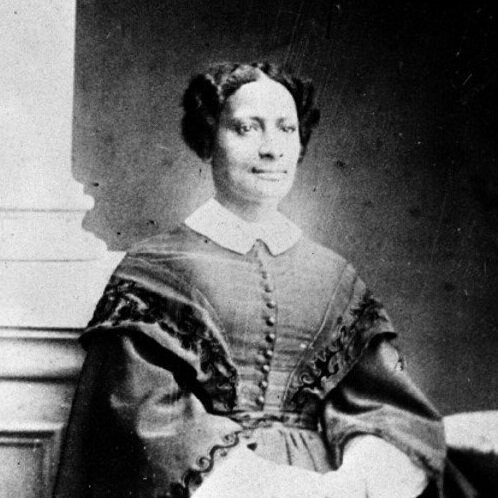Educational Materials
The Lafayette Trail
The Marquis de Lafayette was a French aristocrat and military officer who was a key player in both the American and French Revolutions. In 1824, President James Monroe invited Lafayette to return to the United States and conduct what became known as Lafayette’s “farewell tour.” From 1824-5, Lafayette visited all 24 states in the Union. He was warmly celebrated by Americans who remained grateful, even decades later, for Lafayette’s service in the American Revolution.
The Lafayette Trail is an effort spearheaded by the American Friends of Lafayette and the Consulate of France in Boston to memorialize the footsteps of General Lafayette during his momentous tour in 1824-1825 in preparation for the Bicentennial of the Farewell Tour in 2024
Remond Family Lecture
With the support of a grant from the Essex National Heritage Commission, Hamilton Hall president Dan Randall, board member and Salem State history chair Donna Seger, and Salem State undergraduate Katherine Stone researched the Remond family’s history. In September 2019, Dr. Seger presented her research at our 2019 Trails & Sails event.
Below, you can access Dr. Seger’s narrated slides. The presentation is broken up into two parts. To hear the audio, download the files and open in Powerpoint’s presenter view. Audio will not play in Google Slides.
The Amazing Remonds at Hamilton Hall: Worksheet
This worksheet, geared towards middle school students, includes a vocabulary lesson and thought-provoking essay prompts.
A Half Century in Salem: Primary Source
Read an excerpt from A Half Century in Salem, published in 1887 by M. C. D. Silsbee. This four-page selection features a letter written by John Remond about Hamilton Hall.
A Colored Lady Lecturer: Primary Source
Sarah Parker Remond, daughter of Nancy and John Remond, grew up to become a prominent activist for abolition, school desegregation, and women’s suffrage. Eventually, she left the United States to pursue her education in Europe. She completed medical training in Florence, Italy.
Read more about Sarah’s life here. Then download her autobiographical piece, A Colored Lady Lecturer, below.
An Anti-Slavery Discourse: Primary Source
Charles Lenox Remond, son of Nancy and John Remond, also was destined to become one of America’s most prominent abolitionists. In 1842, he became the first black man to address the Massachusetts state legislature. Read more about Charles’s life here. Then, read one of his most famous speeches.
Salem Female Anti-Slavery Society: Primary Source
In 1832, a group of free women of color founded the Female Anti-Slavery Society of Salem. This organization was folded into the integrated Salem Female Anti-Slavery Society in 1834. Their founding precepts were:
1) That slavery should be immediately abolished
2) That people of color, enslaved or free, have a right to a home in the country without fear of intimidation
3) That the society should be ready to acknowledge people of color as friends and equals
The society hosted at least one event at Hamilton Hall (see left). Read the society’s archival minutes below, courtesy of the Congregational Library and Archives and the Phillips Library at the Peabody Essex Museum.
Historical Cooking Techniques at Hamilton Hall
Hamilton Hall is home to a Rumford Roaster and Rumford Fireplace— some of the most coveted cooking technology of the 19th century. Learn more about historical cooking techniques with high school student Marshall Testa in the video below, Then, try your hand at some recipes on your own!








